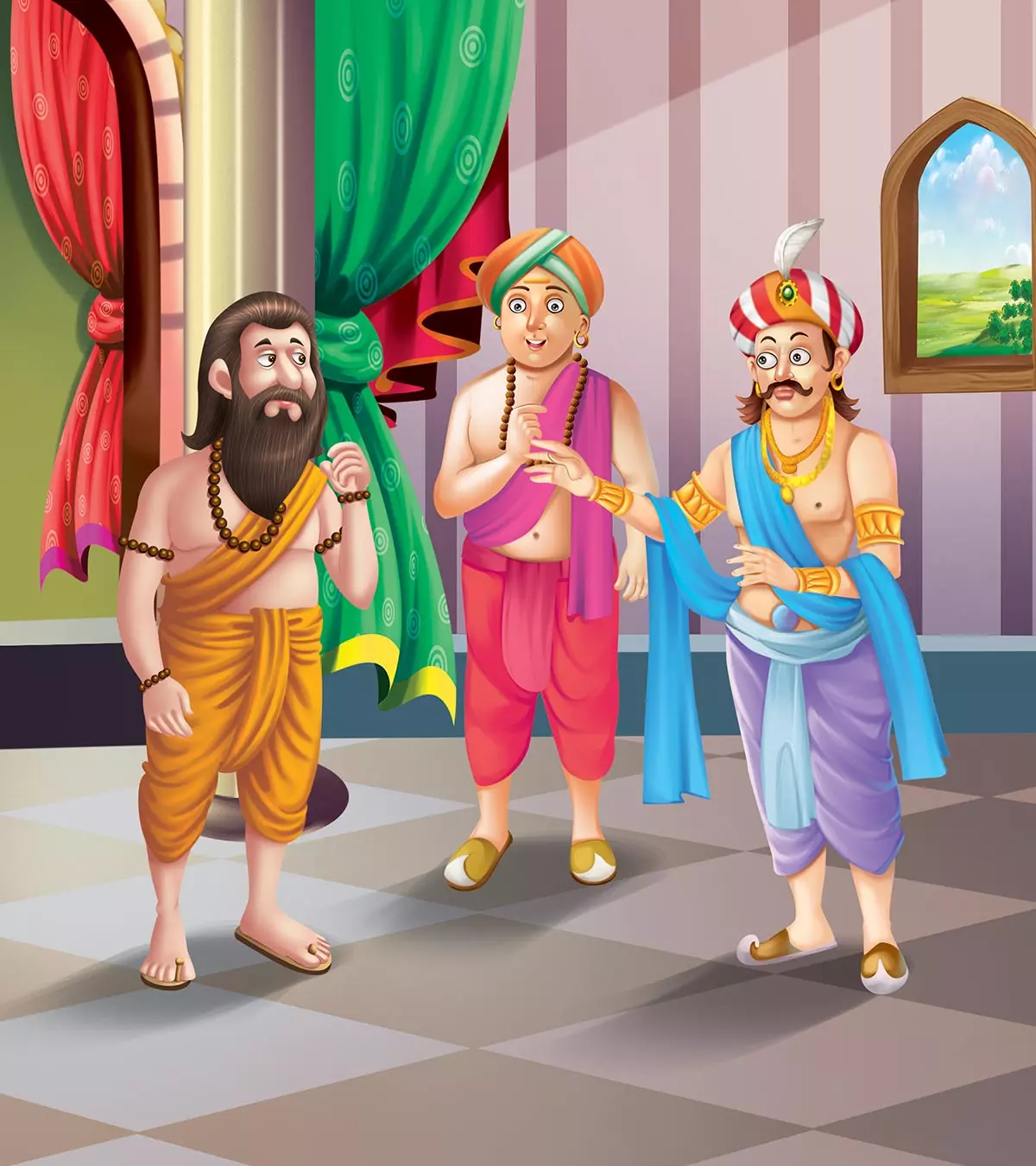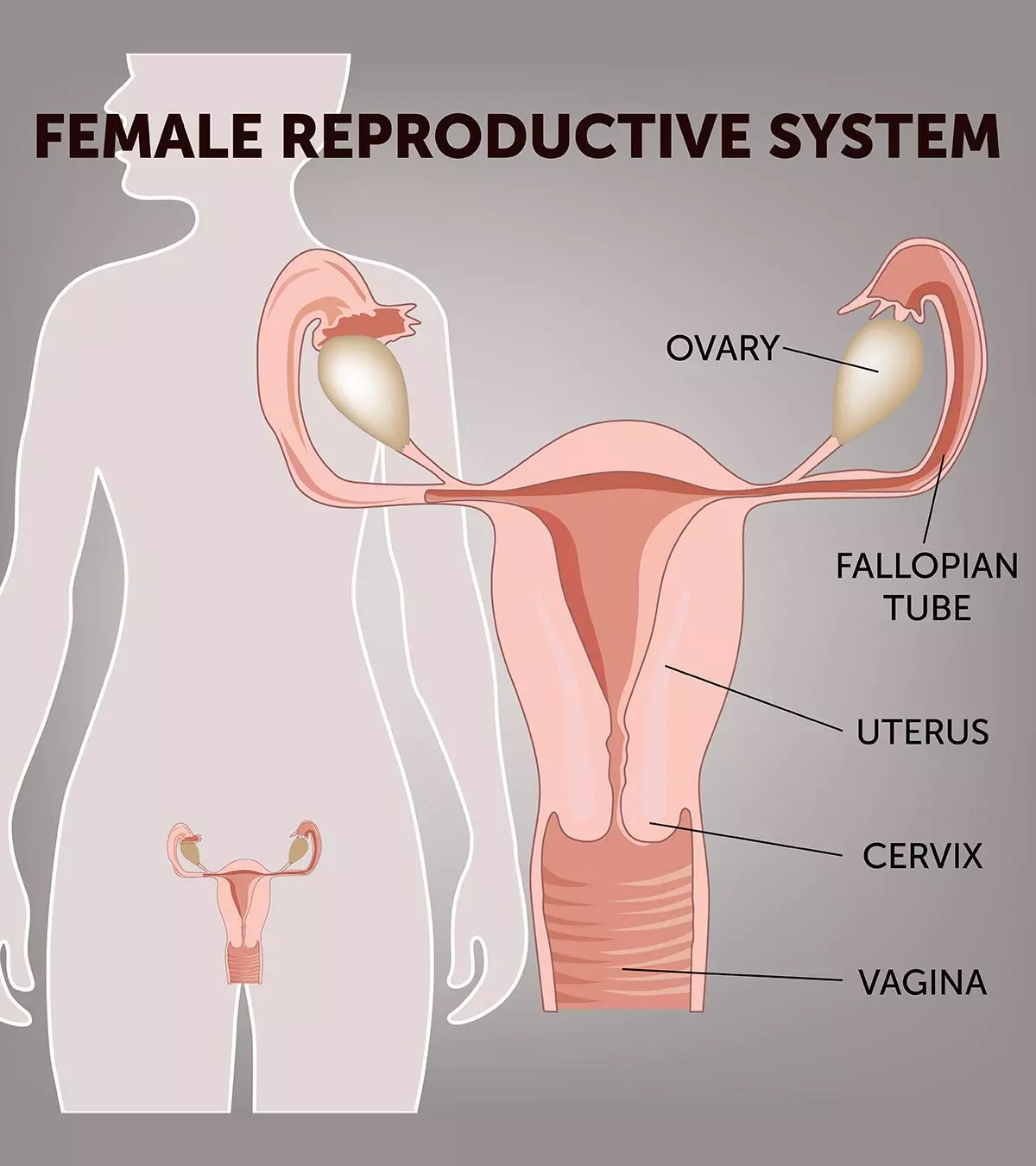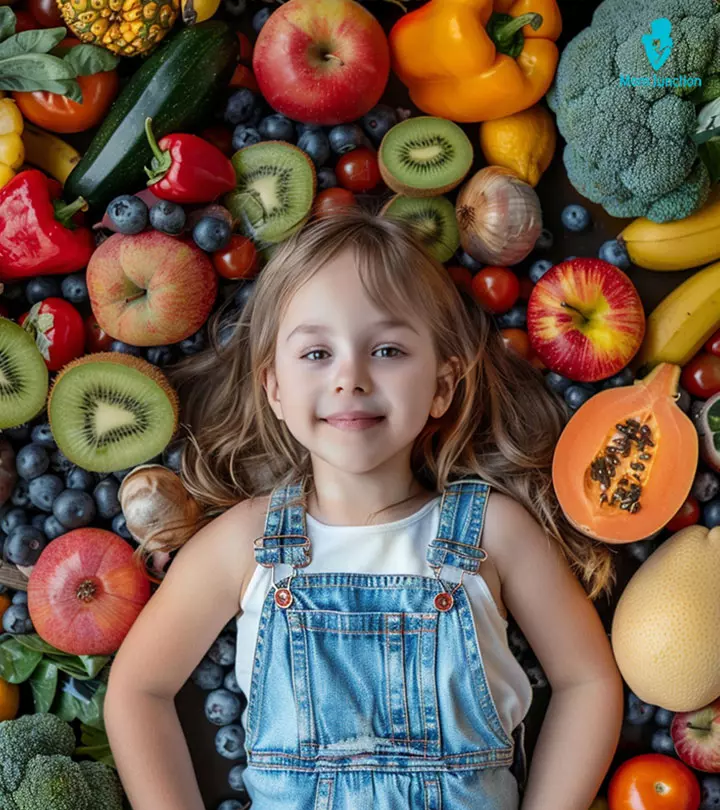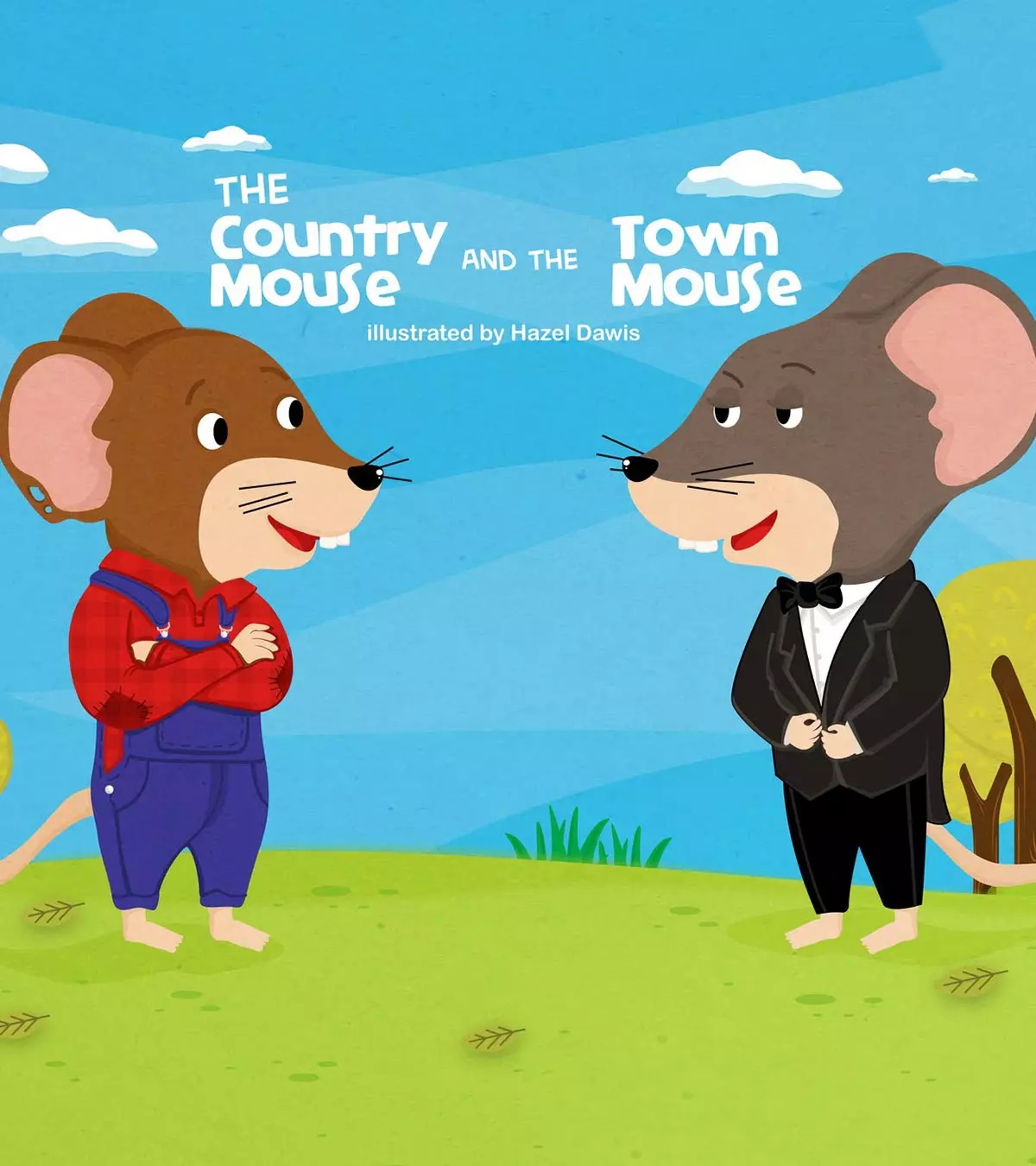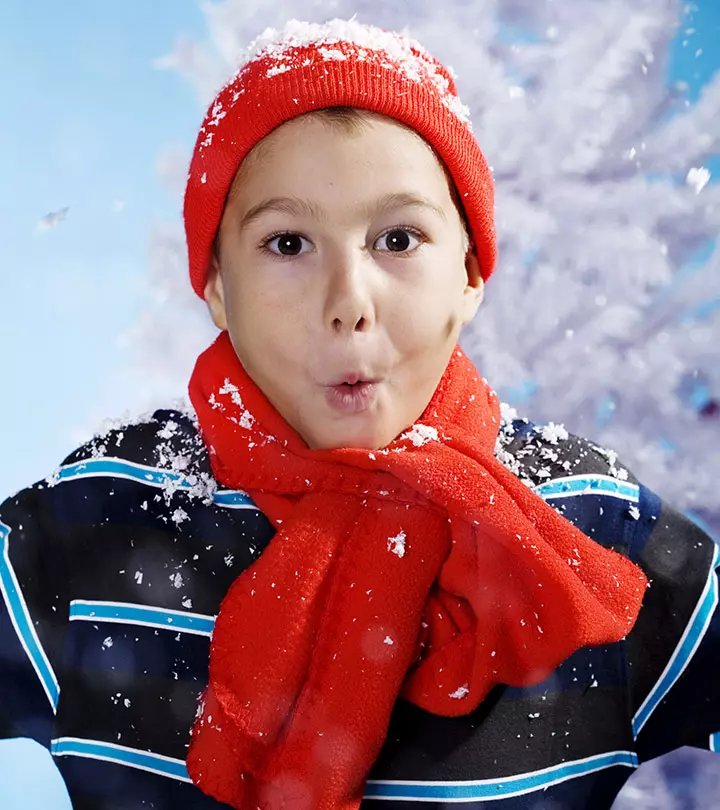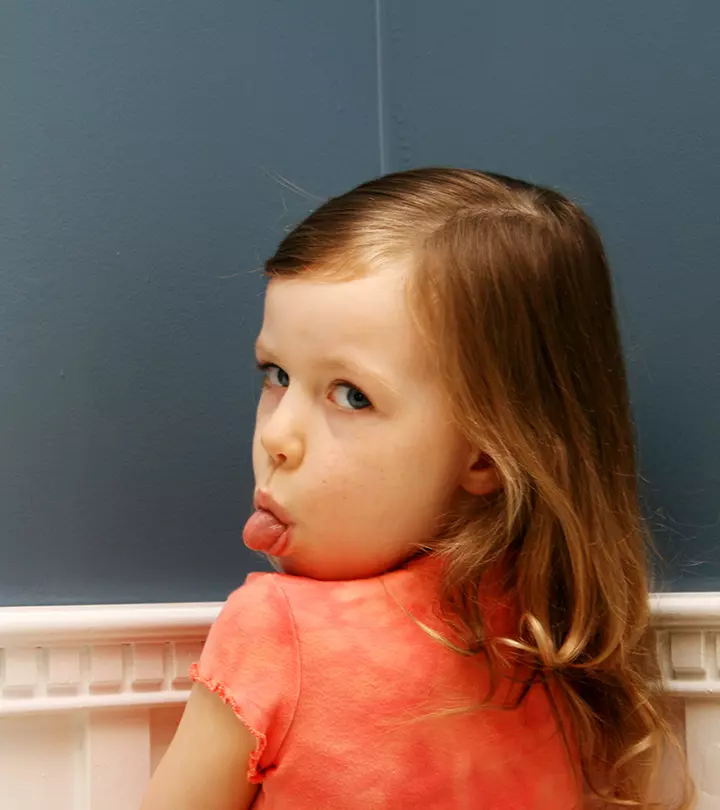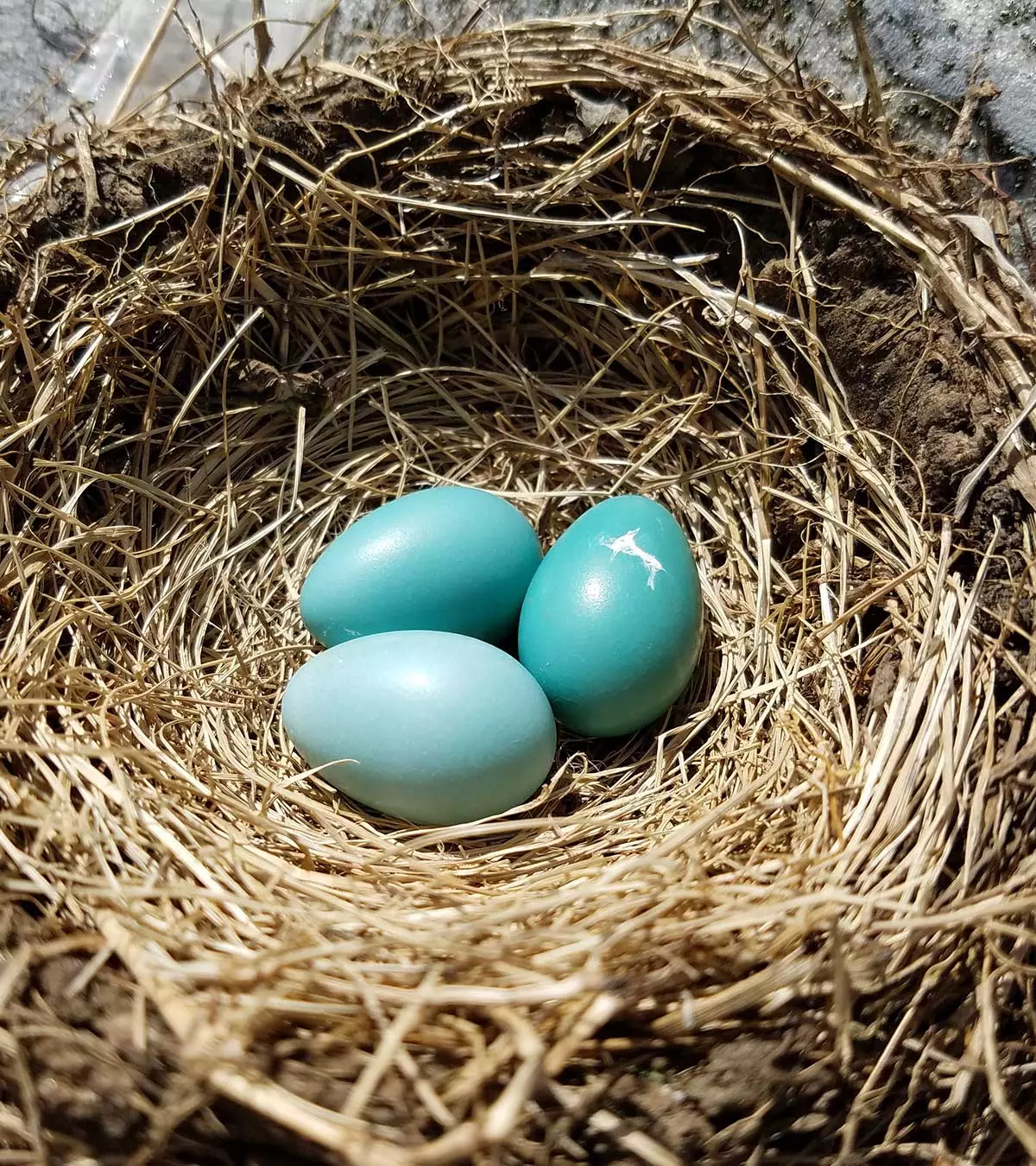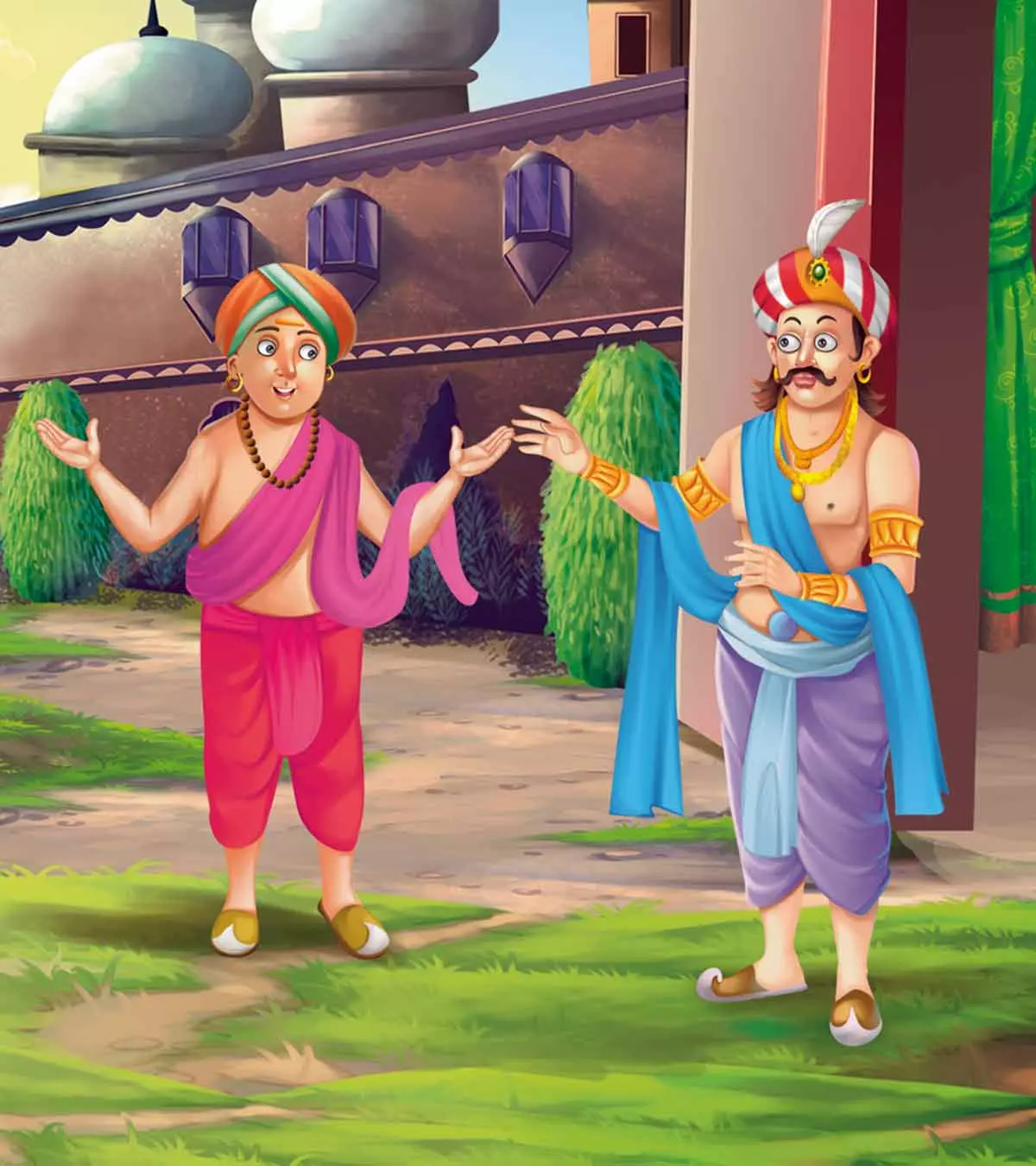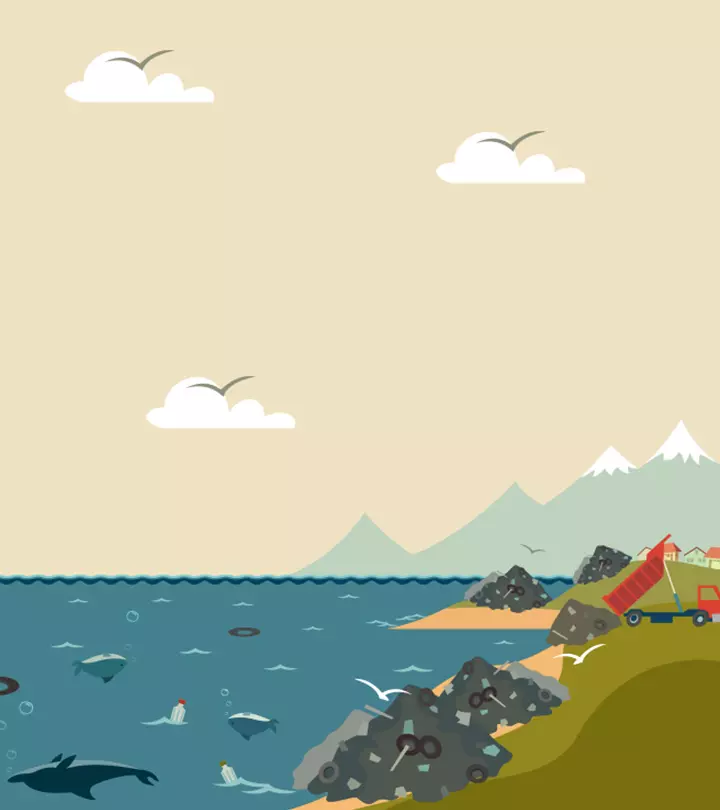
Image: ShutterStock
Water is life. But we take it for granted and indulge in activities that pollute water bodies. Water pollution leads to the destruction of wildlife and impacts both the environment and human health. It is vital to share water pollution facts for kids to let them know the adverse effects.
So, how do you make the topic of water pollution easy to understand for kids? We have simplified the subject for children’s understanding. We have covered ways of preventing it and shared some interesting facts about water pollution for kids.
Key Pointers
- Water pollution occurs when toxic substances are introduced into water, rendering it unfit for consumption or aquatic survival.
- Dumping of domestic and industrial wastewater, harmful bacteria and viruses, erosion, and fertilizers are sources of pollution.
- Pollution has severe impacts on the ecosystem, including long-term changes in wildlife, disease spread, and human health decline.
- Children can learn about water pollution by engaging in activities such as pH testing, water purification, and sediment analysis.
- Disposing of waste responsibly is an essential measure in preventing pollution and being a responsible citizen.
What Is Water Pollution?
Water pollution is defined as any change in the water that renders it unusable and harmful for living organisms (1). In other words, water gets so bad that you cannot drink it, bathe in it, wash clothes, or give it to animals.
Water gets polluted when unwanted substances enter it and change its composition. The unwanted material is what we call a pollutant. Not just freshwater but seawater, too, is prone to several types of pollution.
 Did you know?
Did you know?What Are The Types And Causes Of Water Pollution?
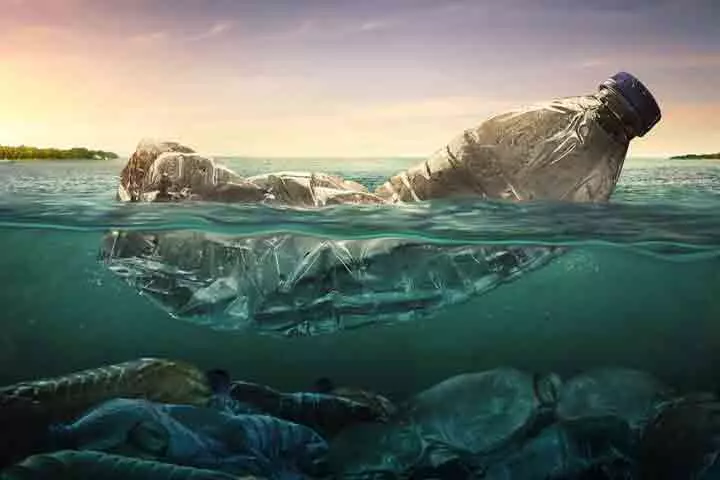
Image: Shutterstock
Water pollution can be broadly classified into two types – point source, where the source is identifiable and non-point source pollution, where the contaminant seems to be coming from throughout the place across the landscape. Water pollution can be elaborately classified depending on the cause of water pollution (2):
- Organic waste: This occurs due to the dumping of organic matter in the water, such as draining sewage water into the water bodies. The organic matter can bring down the oxygen level in the water thus making it unfit for underwater organisms.
- Chemical: Examples include effluent water from pesticide factories and industries that process heavy metals. Another form of chemical water pollution is oil leakage, which causes an oil layer to persist on top of the water. Chemical pollutants are toxic to all life forms.
- Microbiological: Water could contain a potential pathogen like a virus or bacteria, which causes epidemics. For example, untreated sewage water coming out from an area might contain an epidemic; similarly, untreated water coming out from laboratories that conduct biological experiments and follow no safety norms can be unsuitable for use.
- Acidity: Acidic pollution happens when a contaminant changes the pH of the water. Organisms that live in water are sensitive to pH levels. Any change to the pH level due to the addition of a substance is water pollution.
- Nutrient: Excessive fertilizers from agricultural land can get into water bodies making the water abnormally rich in nutrients. It can lead to a surge in the population of algae and other organisms, which can affect the population of other living things in the water body.
- Sedimentation: Eroded sediment, such as in the areas of mines, can get into the water and change its quality.
- Thermal: Thermal water pollution happens when human activities lead to an abnormal change in the temperature of water. For instance, a factory may dump hot water into a nearby stream thus increasing its temperature. Living organisms are sensitive to temperatures.
- Plastic: It is one of the most common forms of water pollution, negatively impacting marine life. It occurs when plastic items, including microplastics, are disposed of in water bodies. Plastic waste from rivers can reach seas and oceans, polluting them as well. Plastics generally take thousands of years to decompose and harm aquatic creatures that try to ingest them.
It is clear that human activities are the leading cause of water pollution. Human beings render water unusable not just for themselves but also for other living organisms.
 Trivia
TriviaWhat Are The Effects Of Water Pollution?

Image: IStock
The impact of water pollution is felt at multiple levels. Here are the most common effects:
- Impact on wildlife: Plastic waste dumped into water bodies kill over a million birds and animals in a year (3). Plastic is the most common pollutant that children are likely to know. There are several other pollutants as well. For instance, the road salt used for melting accumulated ice on roads contains an anti-caking agent called ferrocyanide, which can seep into the groundwater and lakes through melted ice (4). Toxins like cyanide are poisonous to most life forms, and the presence of ferrocyanide can destroy water flora and fauna.
Monni, a grade 3 teacher and author of the blog Monni Art Space, wanted to teach her class about the dangers of pollution, notably water pollution, with the help of an art project. She says, “My purpose in this art project was to make another year of students aware of pollution, of littering in the street and how it affects them personally. Few people think about the litter on the street. Often people think it creates jobs for those who clean the streets. Well I ask ‘What if it rains before the street sweepers get there?’ We have storm water gutters for when it rains. The rain washes the litter through the grid into these drains where it eventually gets to the ocean. And as I informed the kids: our food swims around in there. Would you want to eat sea food which has swam around in that rubbish?’ They agreed that it was very uncool and more people needed to know about this – so we focused on the words Water Pollution (i).”
- Change in ecosystems: The long-term impact of water pollution is the widespread change in the ecosystem. For instance, water pollution can change the entire habitat of a region due to the rise of one type of population (5). A change in the ecosystem can affect human beings too.
- Spread of diseases: Environmental experts state that waterborne illnesses account for 80% of all infectious diseases in the world (6). About 80% of sewage in developing countries is released untreated into water bodies (7). Consumption of water polluted with organic waste is a common cause for illnesses. Children are the most vulnerable to such infections.
- A decline in human health: Humans pollute the water and drink it too. Drinking polluted water can cause a host of diseases and chronic illnesses. For instance, nitrate is a common chemical contaminant in groundwater. Children who drink water high in nitrates can suffer from a variety of problems. Consuming water rich in algae can cause liver, neurological and respiratory problems (8). Heavy metals from polluted water can stay within the body for a long time and create a host of problems (9).
 Did you know?
Did you know?- Mounting economic costs: Did you know? The dirtier the water, the more money your local government needs to spend to treat it and make it potable. The tourism industry in the US loses $1 billion each year due to water pollution because the water is unsuitable for activities like boating (10). The fishing industry is negatively impacted too.
Properties close to the polluted lakes suffer a severe drop in value thus affecting the real estate business. All this can have collateral effects like loss of jobs and opportunities for people employed in such sectors.
One of the biggest impacts will be on drinking water availability. According to Gallup’s annual Environment survey, water pollution worries Americans by “a great deal,” but the percentage has reduced over the years. The survey noted that about 56% of respondents were significantly concerned about pollution of drinking water in 2021 compared to 72% in 2000, indicating a 16% drop. Nevertheless, water pollution remains one of the top pollution-related concerns among Americans.

Water pollution and other environmental concerns among Americans (2000-2021)
Source: Water Pollution Remains Top Environmental Concern in U.S.; GallupWater pollution is a serious issue. But you can make it simpler for the kids to understand through some activities.
Water Pollution Activities For Kids
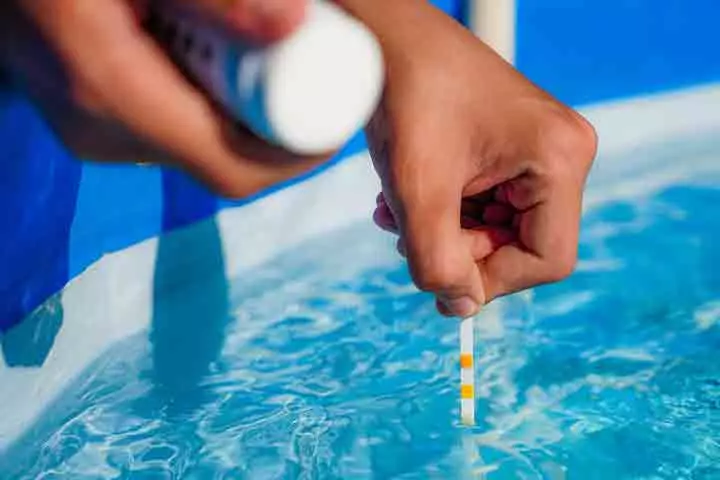
Image: Shutterstock
You can make the topic of water pollution easier to understand and interesting through these water experiments for kids:
1. pH of the water
Purpose:
Acquaint children with pH levels. It will help children understand how even simple human activities can change the pH of water.
You will need:
- pH strips (available at a chemist), soap, water
How to:
- Mix the soap in water and store it in a tumbler. The soapy water represents the water that goes into the drain after we wash our hands.
- Take another tumbler and fill it with regular water.
- Dip the pH strips in each tumbler of water and see the color change. Water has a neutral pH and will stay around seven (11). But soap is alkaline and thus will have a pH more than seven.
- The activity shows how washing hands alone can convert safe water into something with high alkalinity. Imagine it on a larger scale where factories dump huge quantities of acidic and alkaline substances into water bodies.
2. Water purification:
Purpose:
Gives a basic explanation of how filtration works.
You will need:
- Filter paper of different permeability
How to:
- Take some soil and mix it with water.
- Take a tumbler and place a filter paper that has a wider mesh gap. It will help remove larger particles only. Pour the water through the filter paper and collect it in another container.
- Now run the water through a filter paper that filters finer particles.
- Continue filtering with all the filter papers you have until you arrive at the drinking water clearer water.
- The experiment shows how water is purified in treatment plants where filtration helps remove debris. It helps children understand the importance of water treatment plants and how they help cities and towns get clean .
3. Change in sponge color
Purpose:
Allows children to realize that a change in the chemical state of water influences all organisms living in it.
You will need:
- A small tub, sliced beetroot pieces, white-colored sponge
How to:
- Soak the beetroot pieces in the tub of water for an hour or two. The water will turn pinkish.
- Place the sponge at the bottom of the tub and let it stay for a day.
- The next day, remove the sponge from the water and rinse it with clean water.
- You will notice that the sponge will retain the pink color despite repeated washing under clean water.
- The sponge represents a living organism in water while beetroot represents organic and chemical wastes. The bodies of the living organism, like a fish, absorb the pollutant, which stays in their body. We may eat such creatures and deposit the substance in our bodies affecting our health. The pollutants we discard in water eventually affect our health.
These simple activities help children understand water pollution without having to handle polluted water. You can also get your kids water-testing kits from online or educational stores so they can test the pH, nitrates, and contamination state of water themselves. Once children get a sense of it, it is time to acquaint them with various ways of preventing water pollution.
How To Prevent Water Pollution?

Image: IStock
Preventing water pollution is easier than it seems. Children can adopt simple, everyday best practices. Here is what you can do to prevent water pollution:
- Never dump garbage in water bodies: The next time the child goes for a boat ride, let them not throw the trash into the water body. Organic matter like flowers or fruit skin is a water pollutant and causes water contamination. Teach children to carry a paper bag and use it to dispose of the trash.
- Do not openly defecate or urinate near water: If you are at the lakeside for a picnic, then tell the child that it is not right to answer nature’s call anywhere around the lake. Direct excretion of organic waste even around the lake can cause the waste to find its way into the water and pollute it.
- Dispose of liquid wastes carefully: If you have liquid chemicals, oil-based chemicals, or any other liquid compound that could be a potential pollutant, then do not throw them into the drain right away. Your local sewage treatment plant may not be able to eliminate harmful chemicals before dumping it into a water body. Instead, consult a local government department or an organization that can dispose of such compounds in an environmentally friendly way.
- Use eco-friendly pesticides and fertilizers: Teach children the importance of using eco-friendly fertilizers and pesticides while gardening. For instance, using physical barriers such as a mesh to protect plants from pests instead of chemical pesticides. Several plant-based, natural fertilizers provide only as many nutrients as plants need. It prevents nutrients from draining off to water bodies, where it can cause pollution.
- Teach environment-friendly habits: You can reuse the water left after washing grains and vegetables, for watering plants. If you have a garden, then use the water to make your own compost through all the vegetable and plant waste generated in your home. The compost is an excellent eco-friendly fertilizer. Good practices encourage children to minimize the amount of waste that potentially finds its way into a water body.
Water sustains life for the tiniest to the largest living organism on the planet. Water pollution affects every creature, and humans are single-handedly responsible for water contamination.
The following section contains some interesting facts about water pollution for kids to understand its impact.
Water Pollution Facts For Kids
- 80% of pollution in seas and oceans comes from land (12).
- Some amount of water pollution is due to air pollution. The pollutants from air settle on water thus polluting it.
- The small drops of motor oil that drip from automobiles on roads eventually find their way to the sea.
- A third of water with shellfish in the US is contaminated with pollutants.
- A gallon of paint can pollute 250,000 gallons of water while a gallon of gasoline holds the potential to pollute 750,000 gallons of water (13).
Frequently Asked Questions
1. What types of water pollution are most dangerous for children?
Water pollution caused by chemicals such as lead, mercury, and pesticides, which may lead to adverse effects if ingested, poses a major threat to the health and well-being of children. Microbiological contamination with pathogens is also dangerous, as ingestion of polluted water can lead to waterborne illnesses.
2. How can children learn to identify water pollution in their communities?
Children can monitor the water bodies in their community and observe changes in the water’s color, smell, and clarity. They can also look for dead fish, algae blooms, or oil slicks on the water’s surface. Taking a sample of water with them to school and observing it under the microscope in the science lab can show different microbiological organisms in the water.
3. How can children help spread awareness about the dangers of water pollution?
Children can spread conservation awareness by organizing campaigns, creating posters, or sharing information on social media. They can educate their peers, friends, and family about the importance of keeping water bodies clean.
Water pollution is increasing on an alarming scale. With the rise in population and factories, pollution is growing each day. So, people’s health is deteriorating, wildlife and aquatic life are being impacted, and the ecosystem is going through a massive change. However, all is not lost yet, and you can still play your part by sensitizing the children towards safeguarding the environment. One of the ways you can do this is by sharing facts about water pollution for kids. Proper education about water and how it is polluted will encourage children to think about developing good habits and practices. This may seem like a small step initially, but teaching good habits to the future generation will greatly help protect our natural resources. We should now look for ways that will aid the prevention of water pollution.
Infographic: Sensitizing Children About Water Pollution
Water pollution is a major environmental issue that may cause rapid deterioration of our planet if not addressed in time. One of the most effective ways to tackle this problem is by empowering and enlightening the future generation. This infographic highlights the practical ways to create awareness about water pollution among children. Illustration: Momjunction Design Team
Illustration: Informative Facts About Water Pollution For Kids

Image: Dalle E/MomJunction Design Team
Water pollution is a serious issue caused by human activities. Engage in The Dr Binocs Show to explore the root causes of water pollution, and discover effective preventive measures.
Personal Experience: Source
MomJunction articles include first-hand experiences to provide you with better insights through real-life narratives. Here are the sources of personal accounts referenced in this article.
i. Water pollution;https://monniart.wordpress.com/2012/03/04/water-pollution/
References
1. Project Oceanography; University of South Florida
2. Eve Brantley and Laura Bell, Understanding the Types of Water Pollution, Alabama Cooperative Extension System
3. Summer Science Lesson Plan: Water Pollution; Harvard University
4. Sodium ferrocyanide; U.S. National Library of Medicine
5. Cheevaporn & P. Menasveta, Water pollution and habitat degradation in the Gulf of Thailand; National Center for Biotechnology Information
6. S.S. Lang, Water, air and soil pollution causes 40 percent of deaths worldwide, Cornell research survey finds, Cornell University
7. 2017 UN World Water Development Report, Wastewater: The Untapped Resource; United Nations Environment Programme.
8. The Effects: Human Health; United States Environmental Protection Agency
9. R. Singh et al., Heavy metals and living systems: An overview; National Center for Biotechnology Information
10. The Effects: Economy; United States Environmental Protection Agency
11. Why is pH = 7 the neutral point?; University of Illinois
12. What is the biggest source of pollution in the ocean?; National Oceanic and Atmospheric Administration
13. Water Facts – Worldwide Water Supply; US Department of Interior – Bureau of reclamation
14. A Roundup Of Endangered Species Impacted By Ocean Pollution; Endangered Species Coalition
15. The Ganges; WWF
16. Diarrhoeal Disease; World Health Organization
Community Experiences
Join the conversation and become a part of our nurturing community! Share your stories, experiences, and insights to connect with fellow parents.
Read full bio of Elisa Yi
Read full bio of Bharathi V
Read full bio of Harshita Makvana
Read full bio of Kavita Kankani






